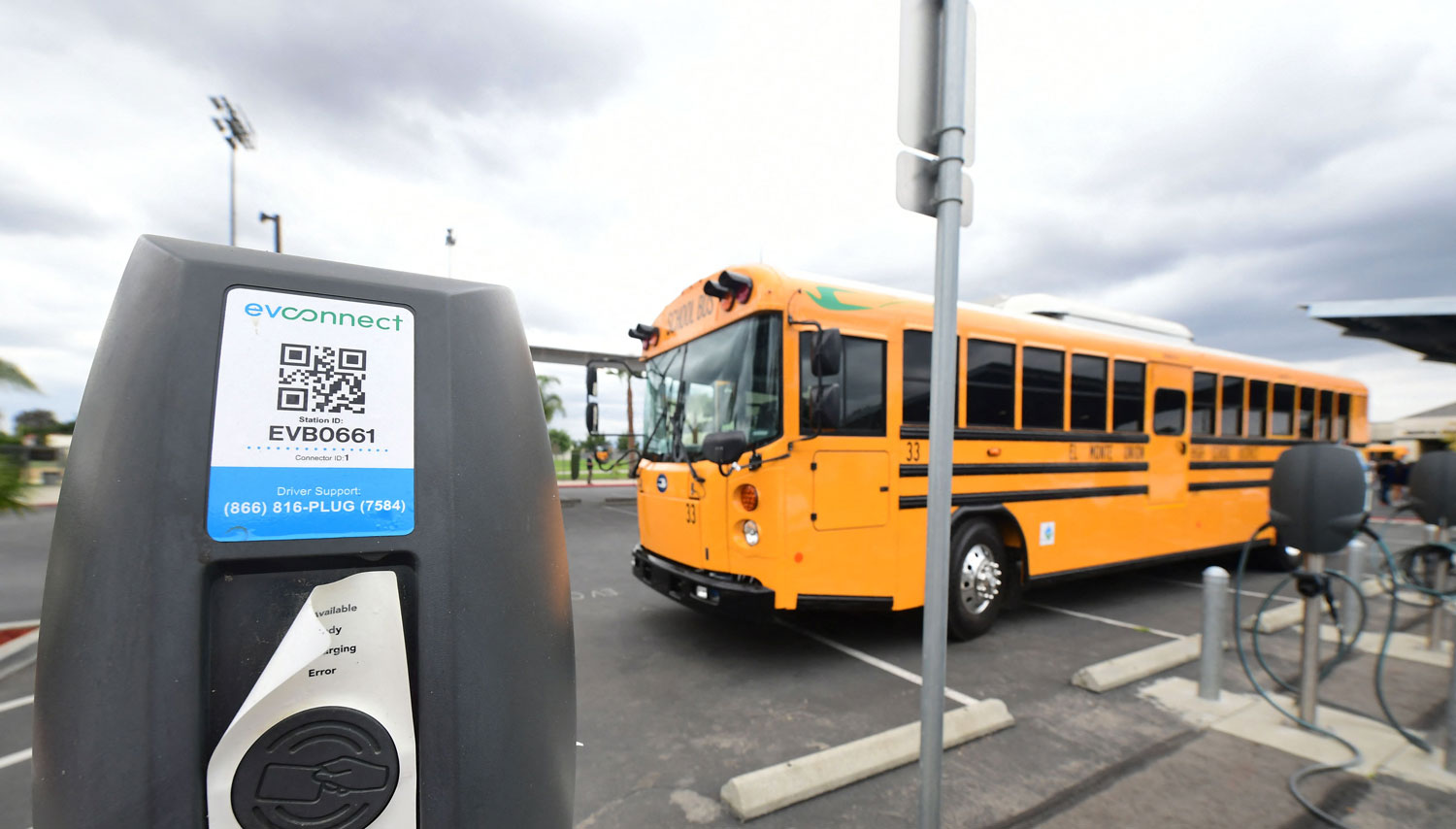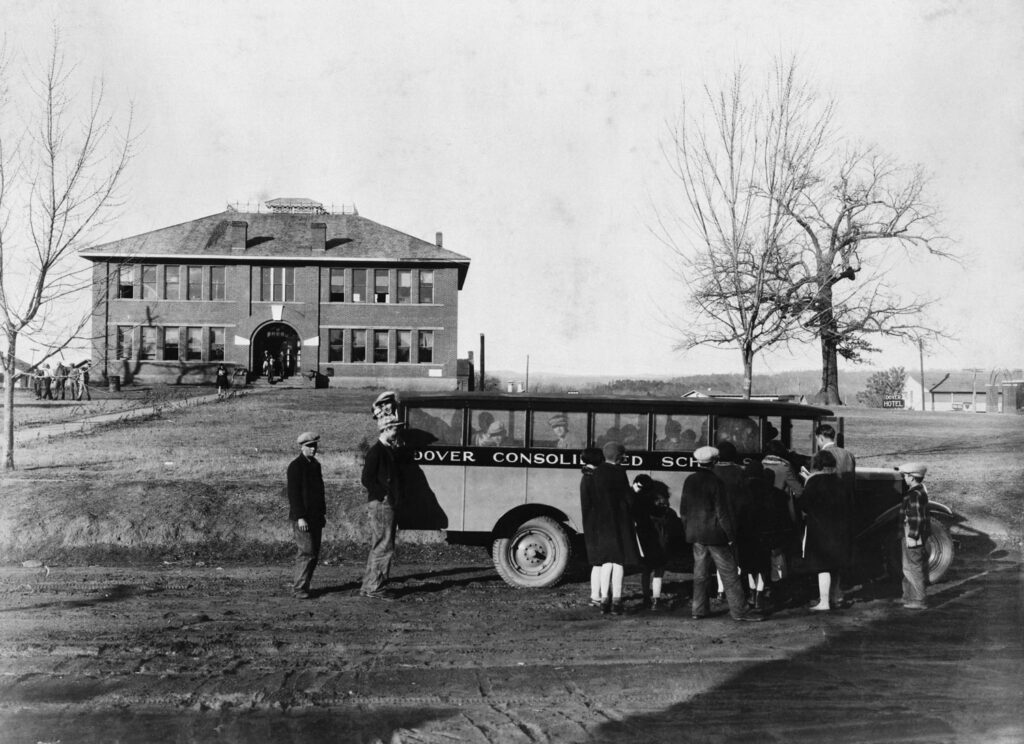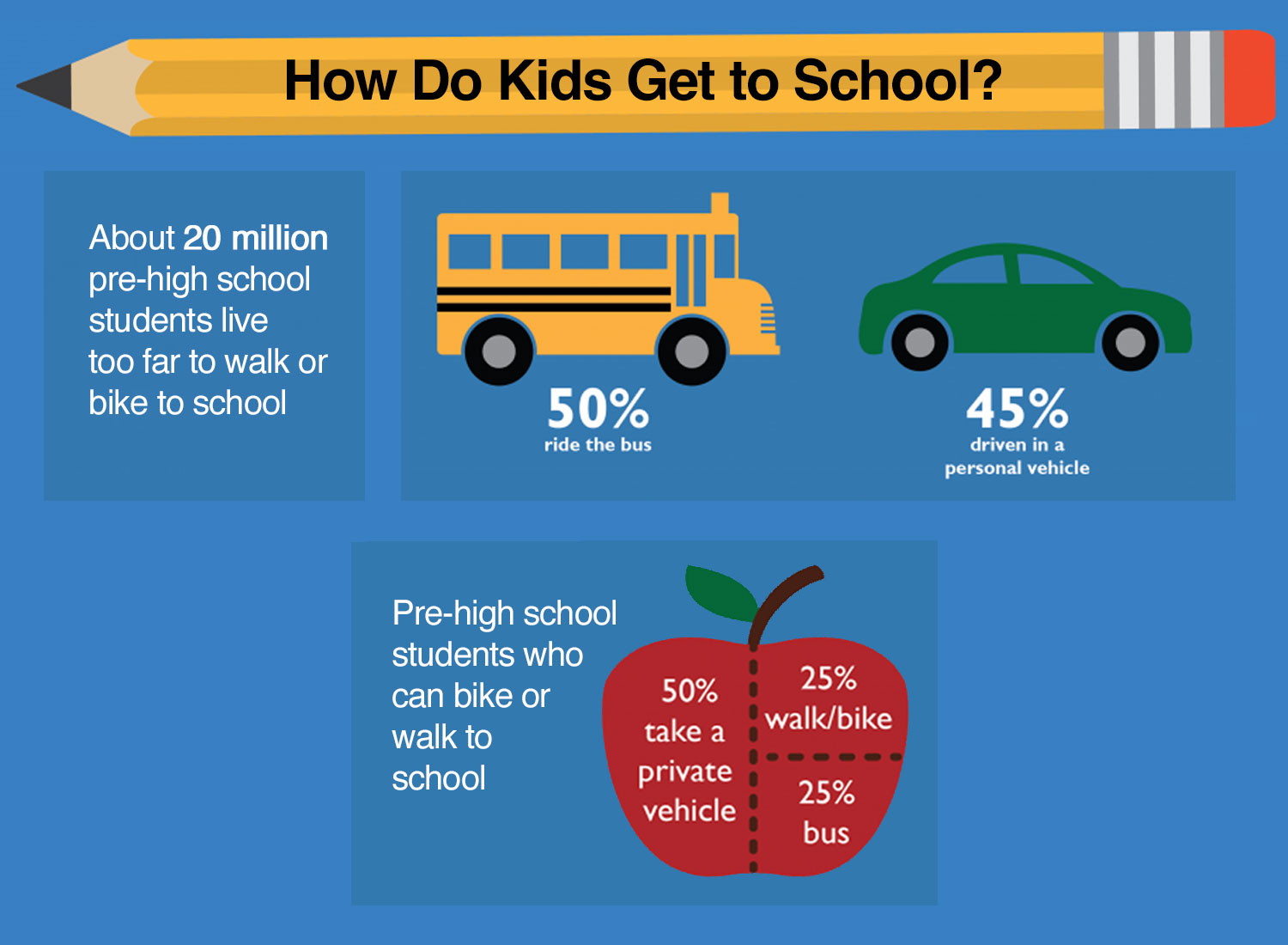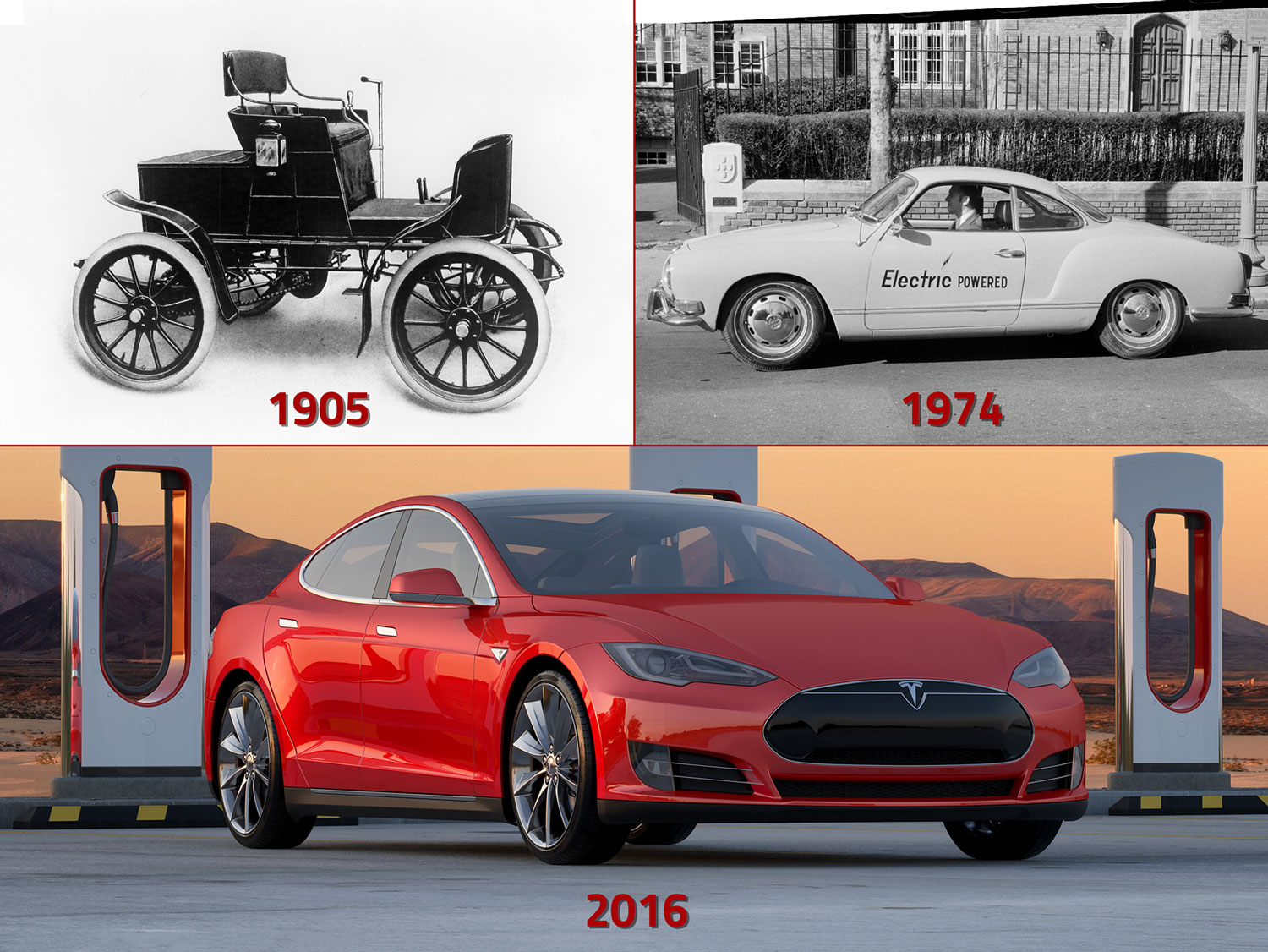School Buses Go Electric

© FREDERIC J. BROWN—AFP/Getty Images
Many students across the United States ride to school in yellow buses, most of which run on diesel fuel. But a growing number of school districts have adopted a cleaner way to transport their students. They’re investing in electric school buses.
California was the first state to begin purchasing school buses that run on electricity, about 10 years ago. Three of the state’s school districts made the switch, citing numerous benefits. Unlike traditional diesel buses, electric vehicles don’t produce a high volume of greenhouse gases that contribute to climate change. They also produce fewer toxic fumes, which can cause health problems. Studies show that the switch to cleaner technology can even improve students’ academic performance.
The transition to electric has been slow to spread across the country, partly because electric vehicles are costly to buy. And, while they don’t require traditional fuel, their batteries do need to be charged, which means charging stations must be installed where they don’t already exist. That costs money, too.
But a 2021 U.S. law called the Infrastructure Investment and Jobs Act included $5 billion to be distributed to school districts so they can replace their diesel buses with electric ones. Districts in 49 states have received funding, which is being distributed between 2022 and 2026. (Wyoming returned the money due to concerns about how well the buses would perform in the state’s cold climate.) Several states have passed laws requiring that their school districts increase the number of clean school buses they use.
So far, electric school buses make up a very small percentage of the nation’s total school bus fleet. But slowly, as more funding becomes available, changes are being set in motion.



